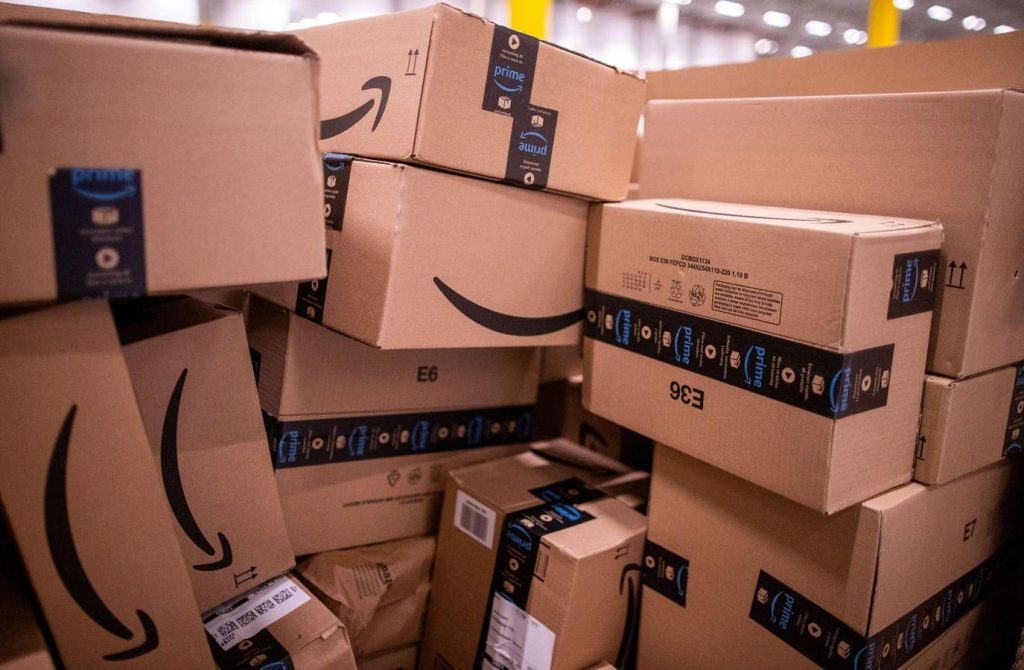Amazon has taken a step towards reducing packaging waste by implementing its own proprietary AI model called the Package Decision Engine. This AI model helps predict the most efficient packaging choice for each item, ensuring that materials are used appropriately. By collecting data from product descriptions, reviews, returns, and photos taken at Amazon warehouses, the model can make informed decisions on how to pack each item. Over time, the model has improved in identifying specific items, leading to more efficient packaging strategies.
The AI model developed by Amazon researchers has proven to be effective at reducing packaging waste, with the company reporting a saving of at least 500,000 tons of packaging per year. The combination of data from visuals and text has improved the model’s performance by as much as 30%, demonstrating the impact of AI in packaging decisions. While Amazon has been successful in implementing AI for packaging in North America and Europe, the company is working towards rolling it out in other markets such as India, Australia, and Japan.
Amazon’s use of AI in packaging not only benefits the environment but also helps reduce costs. The company seeks to lower its variable costs per unit by optimizing packaging choices, which can have a significant impact on overall expenses. Plastic packaging, in particular, is a focus area for Amazon, as it is challenging to recycle and can contribute to environmental pollution. By switching to paper and cardboard packaging materials, Amazon aims to reduce its reliance on plastics and improve sustainability across its distribution network.
In its efforts to achieve net-zero carbon emissions by 2040, Amazon is taking steps to reduce its environmental impact through packaging choices. By implementing sustainable packaging solutions and reducing waste, the company aims to cut down on carbon emissions associated with transportation and delivery. The switch to paper and cardboard materials in its warehouses, as well as the use of electric vehicles for deliveries, are key initiatives in Amazon’s sustainability strategy.
While Amazon’s efforts to reduce packaging waste are commendable, there is still work to be done in ensuring a more sustainable supply chain. Collaboration between all stakeholders in the packaging industry, including paper mills and regulatory bodies, will be crucial in driving meaningful change. With the increasing focus on packaging sustainability regulations globally, companies like Amazon will need to continue innovating and adopting environmentally friendly practices to meet their long-term sustainability goals.
In conclusion, Amazon’s use of AI in packaging decisions has proven to be an effective strategy in reducing waste and improving sustainability. The company’s commitment to environmental initiatives, such as phasing out plastic packaging and optimizing delivery processes, demonstrates a proactive approach towards addressing environmental challenges. By leveraging technology and data-driven solutions, Amazon is setting a positive example for the industry and paving the way for more sustainable practices in packaging and distribution.


